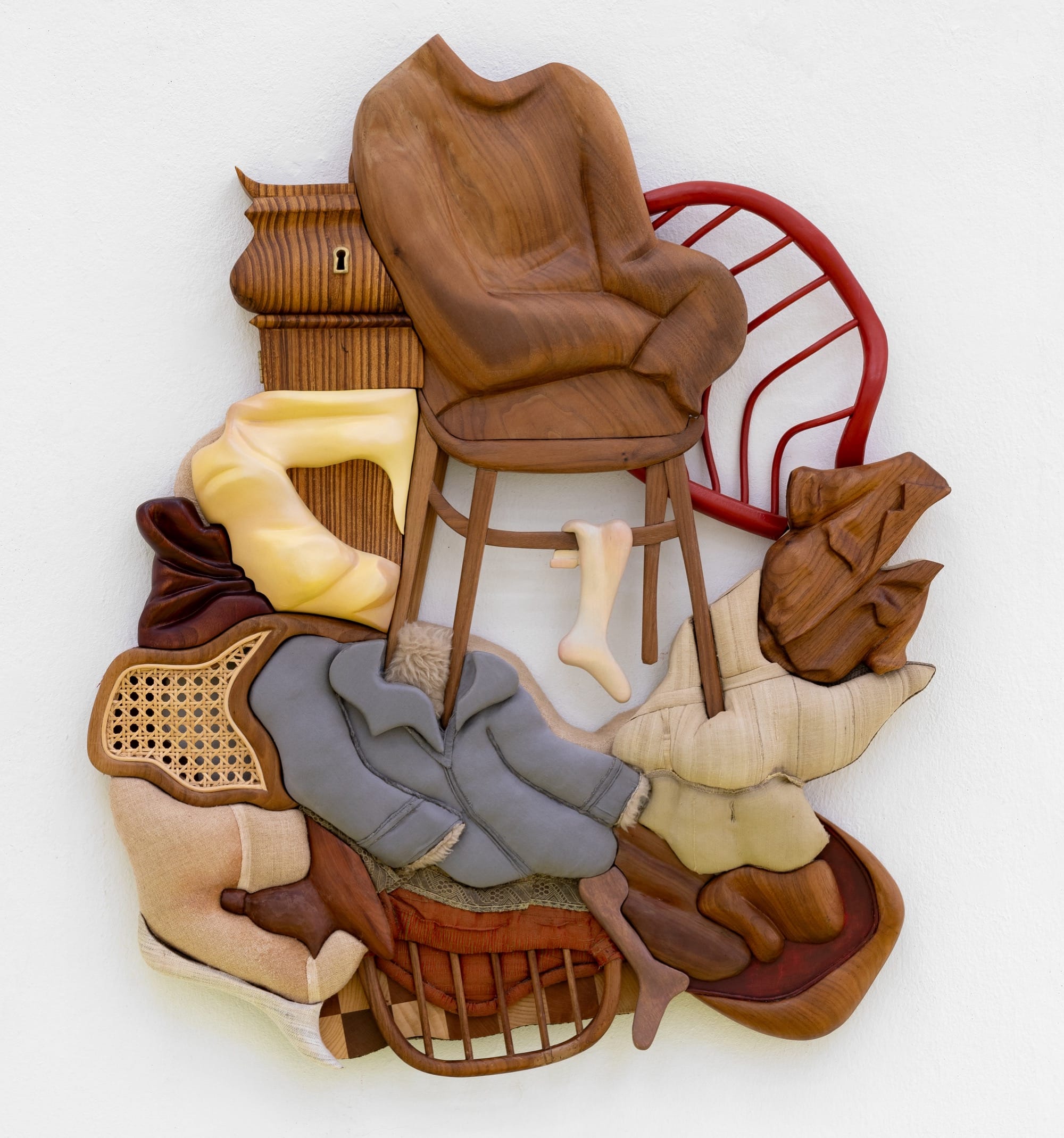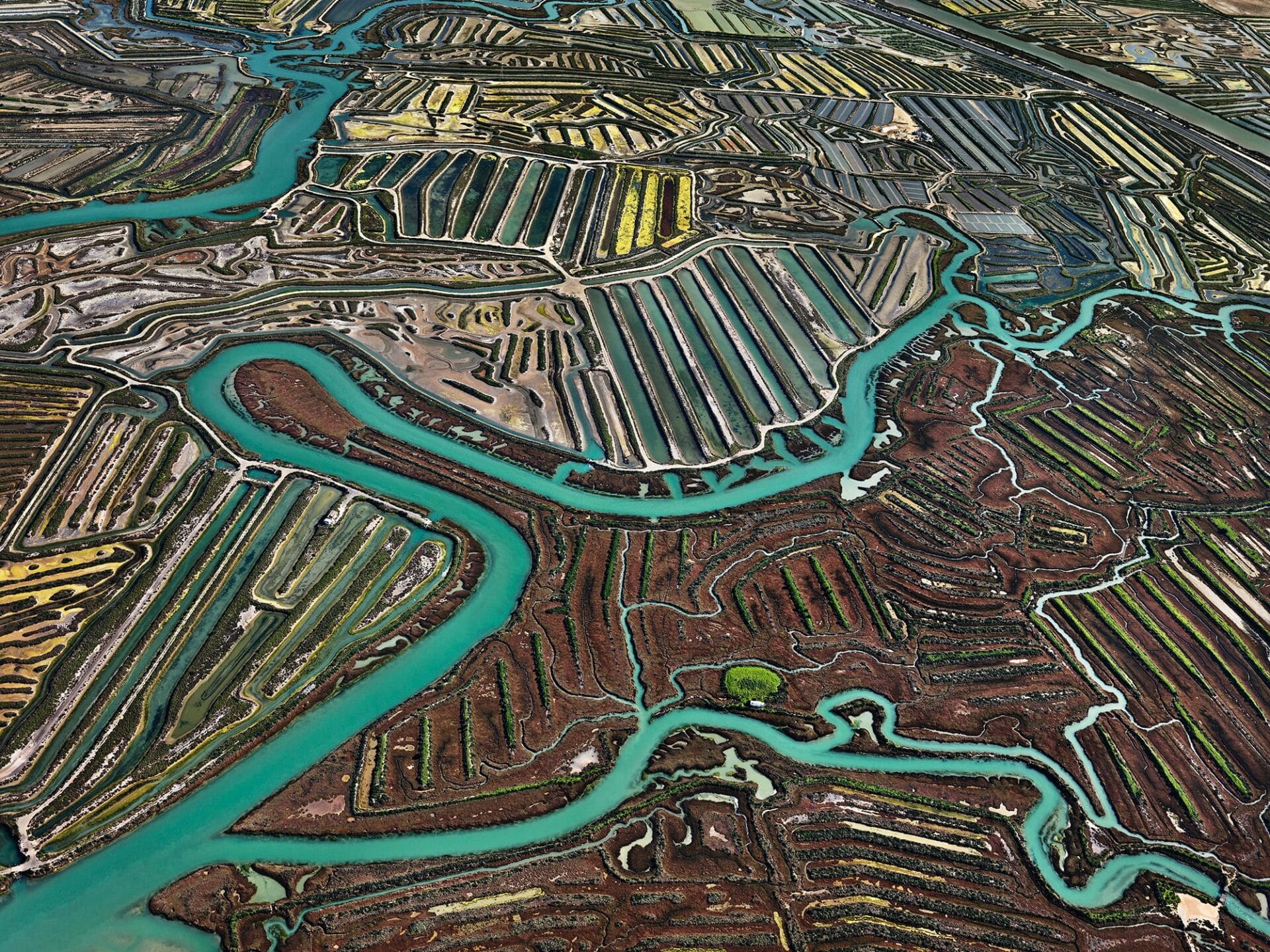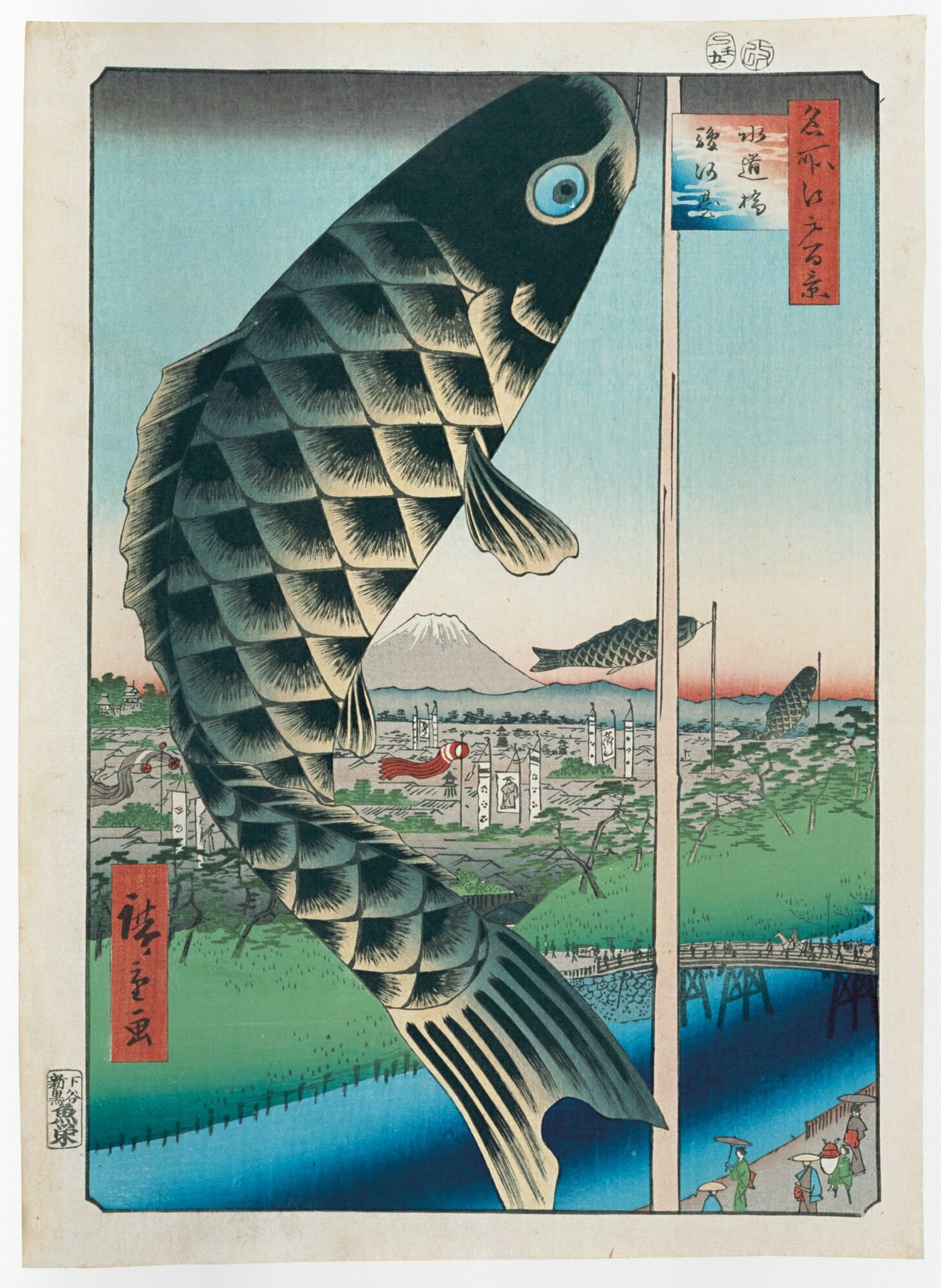“A lot of times, I do use notions of cooking and recipes in the way I describe making my work,” Hugh Hayden says in a new short film. “I do think that cooking, as an act of making something, is a metaphor for many aspects of life.”
Hayden is well-known for his monumental sculptures and installations that scrutinize our perceptions of ourselves, our stories, and our environment. Often using wood, the artist draws on tenets of colonialism and its impacts on socioeconomic dynamics, education, and historical narratives.
In the new video produced by the Louisiana Museum of Modern Art, Hayden likens the development of a series of cast-iron skillets to the process of baking cornbread, a dish practically synonymous with the cuisine of the American South.
All images © the Louisiana Museum of Modern Art
“I was taking an iron-pouring class, and I didn’t know what I wanted to make,” he says. He thought about his interest in food, and the idea struck him to make a pan. He continues:
I started thinking about cast-iron cookware and my own personal history and relationship to it as this more old fashioned thing that I didn’t use much, up until then… I started to think about my grandmother and family, like the heirlooms and legacies. And also that the cast irons are like a living metal… it has special care needs so it doesn’t rust but also to keep it seasoned.
Hayden transforms the skillet to be in dialogue with culture, both in its practical use and as a treasured, sometimes collectible item. He draws on the phrase “melting pot,” which is typically used to describe how elements of different cultures blend into a more homogenous society. In the U.S., the phrase also refers to the notion that the modern nation was established and shaped over time by immigrants from different parts of the world.
Hayden embeds the sculptures with the forms of traditional African masks, symbols of cultural identity. He emphasizes the fact that their authenticity—or lack thereof—is a metaphor for the way different backgrounds lose information through replication.
“As a Black person in America, I’m very far removed from Africa,” Hayden says. “Most people in America, regardless of their ethnicity, who aren’t first generation, they’re copies of something that came from somewhere else, mixed with something else. So I like this idea of making copies of these masks that have questionable levels of authenticity.” He also adds a distinctive anatomical feature to each piece based on parts of his own body, like ears or lips, creating a connection between universal motifs and his own individuality.
The artist likens the ready-made quality of the masks to the preparation of cornbread using a combination of Jiffy Muffin Mix and additional ingredients, beginning with a mass-produced version of something and transforming it into a unique finished work. “This is a little bit like my work,” he says. “There is, per se, a ready-made element to it and the pre-made mix, but I’m taking it further. I’m starting with the history of this existing thing and adding more to it.”
Find more on the artist’s website and Instagram.
Do stories and artists like this matter to you? Become a Colossal Member today and support independent arts publishing for as little as $5 per month. The article Recasting the Melting Pot: Hugh Hayden’s Iron Sculptures Examine How Culture Is Duplicated and Dispersed appeared first on Colossal.


